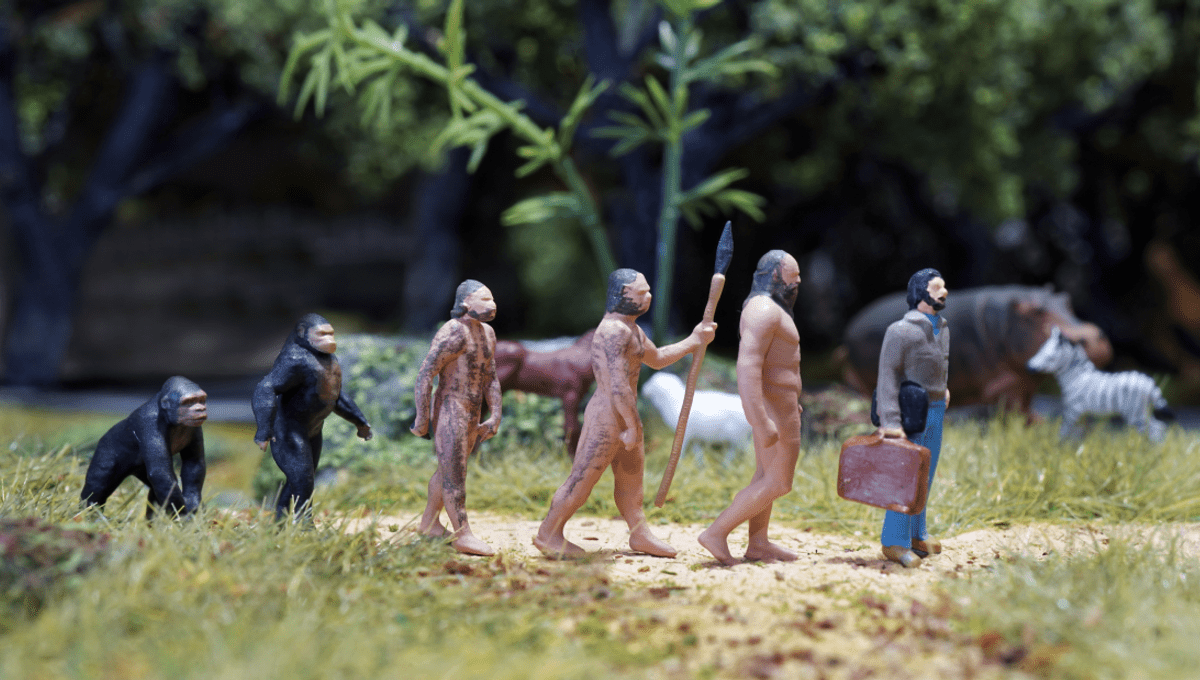
We humans diverged from our chimpanzee ancestors around 7 million years ago, but as the arteries in our arms have demonstrated, as a species we are still evolving. Finding a new blood vessel is easy, however, compared to tracking down the full extent of our genetic changes, but new research has now pinned down 155 new genes from our evolutionary past, some of which are unique to humans.
Though they be novel, they are also tiny, known as “microgenes” which arose from miniscule fragments of DNA. That’s not to say that they aren’t greatly influential, however, as it’s thought they may have significance for the emergence of certain diseases and growth defects.
Researchers on the project were able to painstakingly search for evidence of our evolution by looking at pre-existing databases of functional genes and using them to work backwards and create evolutionary trees tracking multiple vertebrate groups.
“This project started back in 2017 because I was interested in novel gene evolution and figuring out how these genes originate,” said first author on the discovery Nikolaos Vakirlis in a statement, a scientist at the Biomedical Sciences Research Center “Alexander Fleming” in Vari, Greece. “It was put on ice for a few years, until another study got published that had some very interesting data, allowing us to get started on this work.”
Armed with the extra data, the team were able to identify 155 shiny new genes which arose from fragments of DNA, two of which are quite recent and unique to humans showing that we’re still evolving. The approach pushed the researchers to the limit of what’s detectable with our existing understanding of genetics, but it enabled them to find evidence of our evolutionary past. What’s next is to identify if such microgenes have much in the way of biological significance.
“It will be very interesting in future studies to understand what these microgenes might do and whether they might be directly involved in any kind of disease,” Vakirlis continued.
Cell cultures have already identified 44 of the 155 genes that appear to be linked to growth defects, and a further three with DNA markers for diseases including muscular dystrophy, retinitis pigmentosa, and Alazami syndrome. Establishing their full biological significance will be tricky, however, as experimental testing on human development is an ethical minefield.
However, the researchers hope to find ways to test what they have already found, and to uncover more in the future.
“These genes are convenient to ignore because they’re so difficult to study, but I think it’ll be increasingly recognized that they need to be looked at and considered,” said senior author Aoife McLysaght, a scientist at Trinity College Dublin, in a statement. “If we’re right in what we think we have here, there’s a lot more functionally relevant stuff hidden in the human genome.”
The study was published in the journal Cell Reports.
Source Link: Discovery Of 155 New Genes Shows Humans Are Still Evolving